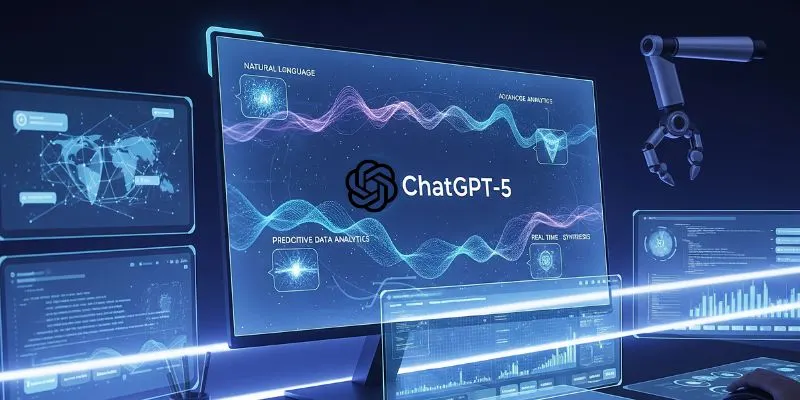As humanity inches closer to the dream of setting foot on Mars, the challenges facing astronauts grow starkly apparent. One of the biggest? Staying healthy millions of miles away from Earth, with no doctor onboard and no possibility of real-time help from mission control. Recognizing this, NASA and Google have teamed up to create an AI-powered medical assistant that could redefine healthcare in space—and potentially back home on Earth too.
What Is the Crew Medical Officer Digital Assistant (CMO-DA)?
The heart of this project is the Crew Medical Officer Digital Assistant, or CMO-DA. Think of it as a super-smart clinical sidekick built into the astronauts’ communications and device ecosystem. Powered by Google Cloud’s Vertex AI platform, CMO-DA processes speech, text, and images to help astronauts diagnose and treat medical issues independently—no waiting for life-saving instructions sent from Earth.
Communication delays for Mars missions can stretch up to a mindboggling 20 minutes each way, making any live consultation impossible. That means CMO-DA needs to be more than a reference guide; it serves as a predictive, autonomous diagnostician and adviser on everything from minor injuries to potentially serious medical emergencies.
How Does the AI Medical Assistant Work?
NASA and Google trained this digital assistant on spaceflight medical literature, and validated it using Objective Structured Clinical Examination (OSCE), a trusted framework for evaluating medical professionals. The system was put to the test in simulations covering cases like ankle injury, ear pain, and flank pain. The results? Diagnostic accuracies of 88% for ankle injuries, 80% for ear pain, and 74% for flank pain—not bad for a technology that’s still learning from each new trial.
The software’s artificial intelligence (AI) models continually ingest new data from medical devices, astronauts’ self-reported symptoms, and even images or sensor diagnostics. NASA controls the source code, keeping the project flexible and mission-focused as needs evolve.
Addressing Deep Space Medicine’s Toughest Challenges
So why is this assistant so vital? On the International Space Station (ISS), astronauts get constant support: expert consultations, scheduled resupplies, and, in a serious emergency, a ride home within months. But Mars and Moon expeditions shatter that safety net. With long durations, infrequent resupply, and zero hope for evacuation, the crew needs to become medically self-sufficient.
The CMO-DA aims to fill this gap. By supporting autonomous diagnosis and treatment decisions, it enables astronauts—and future space tourists—to manage health crises with minimal Earth intervention. NASA’s Artemis campaign, focused on lunar exploration, is already piloting the technology for Moon missions before it heads to Mars and beyond.
Could This AI Change Healthcare on Earth?
Here’s the plot twist: advances in space medicine have a funny way of transforming life on Earth. The same challenges—remote environments, lack of medical experts, communication barriers—exist in many rural communities and disaster zones worldwide. Google and NASA both hint that the lessons from developing CMO-DA could help deliver better, faster medical care in remote, underserved parts of our planet.
If you love following the intersection of tech and humanity’s greatest adventures, keep an eye on NASA and Google’s pioneering work. The AI medical assistant for Mars is more than a galactic novelty—it’s a leap toward smarter, more accessible healthcare everywhere.














